What Is the Country of Origin and How to Determine It?
What is the country of origin? Country of origin is an important factor in the import, export, and supply chain.
However, many people will not exactly know it and its rules.
So, in today’s post, we will provide you a complete sense of all you need to know for “what is country of origin?” Let’s find out!

What is country origin?
What Is Country of Origin?
According to Part 134.1 of the Customs Regulations, the term "country of origin" refers to the nation from which any item coming into the United States was made, produced, or grown.
To qualify as the country of origin under the terms of this part, additional work or materials added to an object in another nation must significantly alter it.
However, for goods produced in a NAFTA nation, the NAFTA Marking Regulations will be used to identify the country of origin.
While shipping products internationally, the barcode country of origin has to be clearly displayed because it is critical in determining whether the goods are eligible for preferential tariff and trade agreement rates.
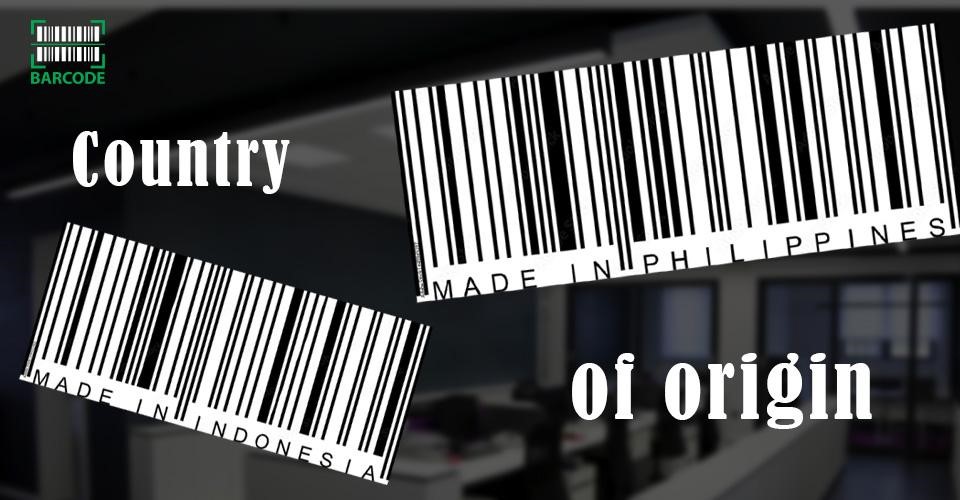
Country of origin definition
When the entire consignment does not originate in a single country, the internationally recognized legal principle of substantial transformation is applied to determine the origin of the goods.
What Is The History of The Country of Origin Labeling?
In the past, buyers considered informal branding as an important sign of the caliber of a product.
David Wengrow, a British archaeologist, then discovered archeological proof of brands from about 4,000 years ago that frequently referenced the country of manufacturing.
Beginning with basic stone seals, producers eventually transitioned to clay seals with impressive images that were frequently linked to the producer's identification and provided details about the product's quality.
In China, while brand names and place names were quite prevalent on items throughout the Han Dynasty (220 BC-AD 200), place names appear to have developed independently.

History of the country of origin labeling
According to research by Diana Twede, amphorae used in trade in the Mediterranean between 1500-500 BCE displayed a wide range of shapes and markings that gave buyers details about the item during the exchange.
In addition, Umbricius Scaurus, a fish sauce (also known as garum) producer in Pompeii, was branding his amphora, which crossed the entire Mediterranean about the year 35 C.E.
Importantly, the introduction of country of origin labeling legislation started in late 19th-century Europe.
When trade restrictions were eliminated and markets became more international in the 20th century, customers had access to a wider variety of items from practically anywhere in the world.
Significance of Country of Origin in Import
The country of origin plays a crucial role in the import process since it is used to set and control import quotas, preferential trade agreements, trade sanctions, and duty rates.
Because every import shipment involves revenue and admissibility concerns, US Customs & Border Protection (CBP) is diligent about checking the country of origin.
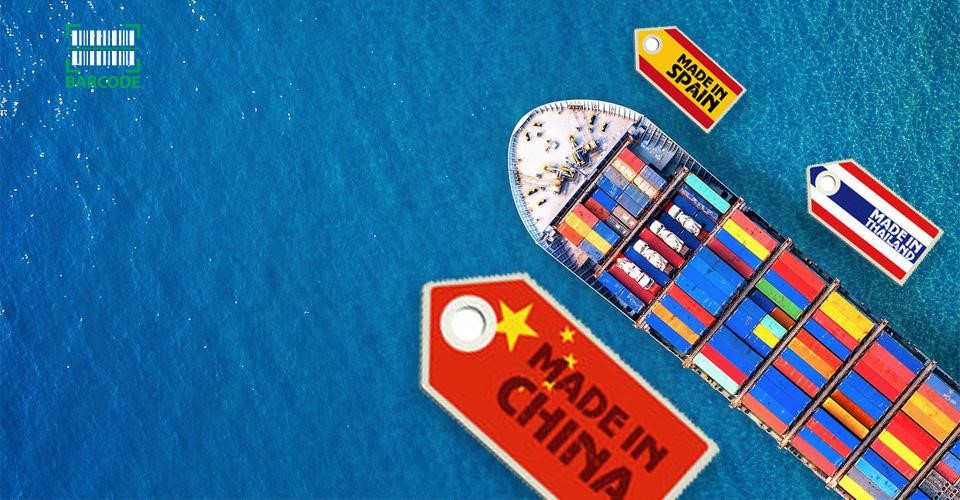
Significance of country of origin in import
For labeling purposes, the nation of origin is also necessary.
According to the import requirements, the end user must be made aware of the place of origin of the imported goods.
How to Determine Country of Origin?
If any of the numerous free trade agreements or duty preference schemes apply to the imported consignment, the nation of origin is specified in full.
So, how to determine country of origin? Let’s check it out!
Wholly Obtained or Wholly Produced Product
What does product of USA mean? A product will not be labeled 'Made in USA' if it is not entirely produced using US-origin materials and entirely manufactured by US laborers.
Even if a large portion of the product's composition was created using considerable imported components or with the assistance of foreign labor, the 'Made in USA' claim cannot be applied without specifying specified circumstances.
The Federal Trade Commission, on the other hand, can enable the importer to post a conditional claim, such as 'Made in USA from Chinese materials,' or similar wording indicating the product's provenance.
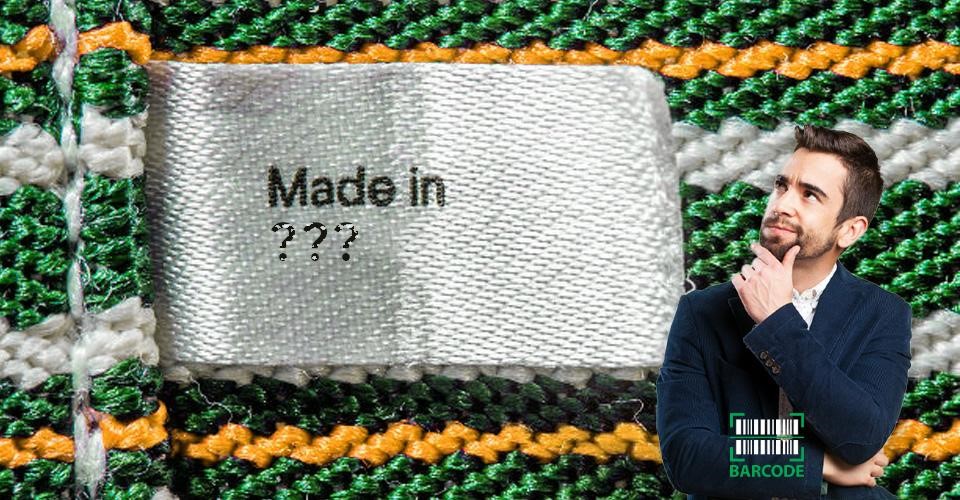
Determine country of origin
De Minimis Rule
De Minimis is a Latin phrase that means "about minimal things".
The regulation enables the import of eligible items without having to follow export administration rules.
If the value of the non-originating elements does not go over the cap outlined in each set of rules of origin, the goods will still be regarded as meeting the applicable rule of origin.
Often, this level is 10% or 15%.
Substantial Transformation Rule
This legal principle states that the country of origin refers to the most recent nation in which the imported goods experienced a significant modification.
The product must have undergone a fundamental change in terms of form, appearance, nature, etc., or essentially anything that added value to the original item when it was first manufactured, grown, and then exported, for this rule to be applicable.
This rule also aids in determining the origin's intended use in a clear-cut manner, particularly when the entire product originates from more than one nation.
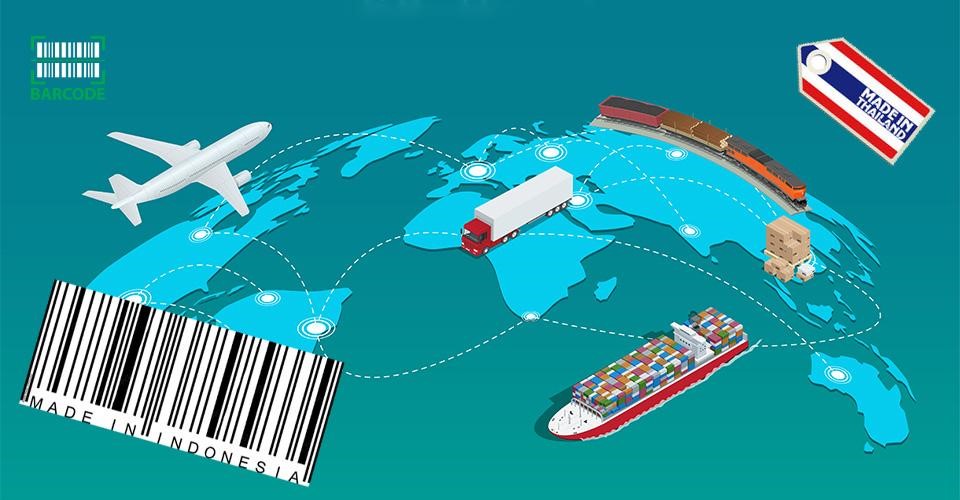
Substantial transformation rule helps identify what is country origin
In addition, you can now easily check the product origin by looking up a barcode country of origin list.
For instance, products whose barcodes are from 000 to 019 are from the United States and Canada.
Country of Origin Labeling Requirements
There are some requirements for country of origin labeling. They include:
-
The words 'Made in' must be marked only when the name of a location other than the country/locality where the article was manufactured appears on the article.
-
The words 'assembled in' can be used to identify the country of origin of a product, where the country of origin refers to the country in which the article was fully assembled.
-
Permanent, legible, and precise markings are required. The font should be legible, with all letters the same size.
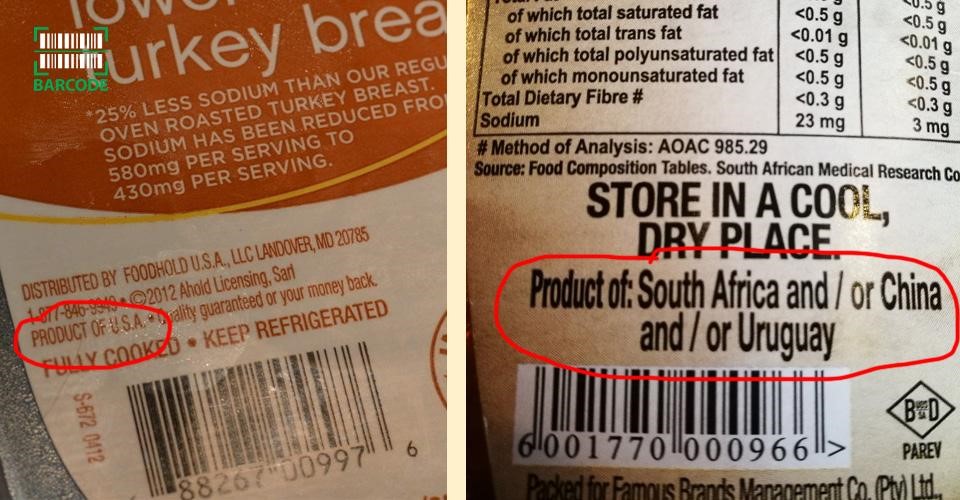
Requirements for country of origin labeling
-
The markings should be placed in such a way that they can be seen even when the article is handled casually. To view the markings, the article should not have to be disassembled, removed, or changed in any way.
-
Any attachments or additions must not cover or conceal the markings.
-
Abbreviations and variant spellings that indicate a country's name are acceptable. However, it is preferable to spell out a country's name completely to avoid any confusion.
Exceptions to Country of Origin Marking
A consignment can be exempted from the country of origin marking rules only if the following conditions are met:
-
The article is unable to be marked.
-
The item cannot be marked before it is shipped to the United States without causing injury or damage to the item.
-
The item cannot be labeled before it is transported to the US since doing so could be expensive and might make importing it commercially unviable.
-
When the container containing the article reasonably indicates the identity of the article.
-
The article is a raw material.
-
The item is being imported for the importer's personal use and is not intended for sale in its imported or any other form.
-
The importer must prepare the item in such a way that any markings are permanently covered up or destroyed.
-
Before being imported into the US, the piece was created more than 20 years ago.
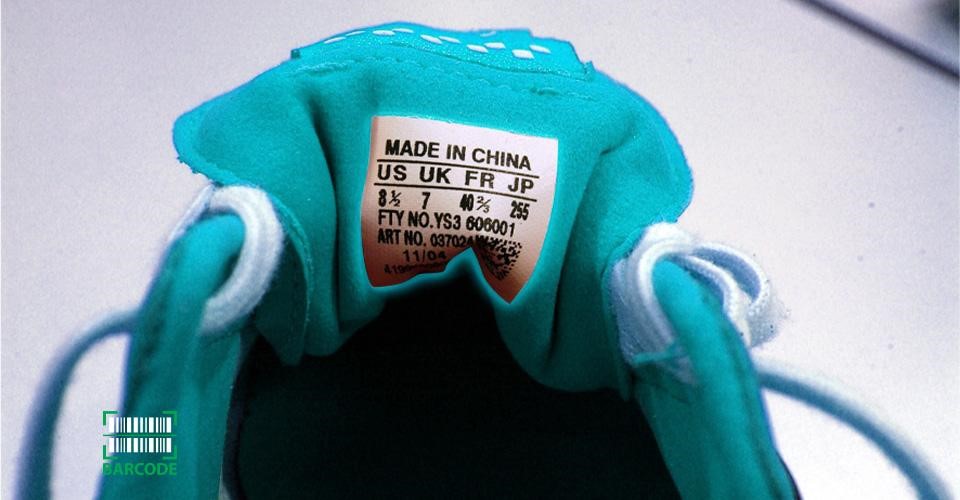
Exceptions to country of origin marking
Tomatoes produced in Ontario, Canada, and imported from the US are Canadian-origin products.
A product cannot bear the "Made in USA" mark unless it was wholly created using components of US origin and entirely produced by US workers.
The country of origin is where your international flight will depart from. It is, in general, the country of nationality.
Conclusion
Determining the country of origin early on is critical to ensuring that the product complies with CBP import rules and regulations. So, make sure you understand “what is the country of origin” and the rules because it is important to determine the best location for your product. Hope that our post can help you do this!
Source:
https://www.law.cornell.edu/cfr/text/19/134.1


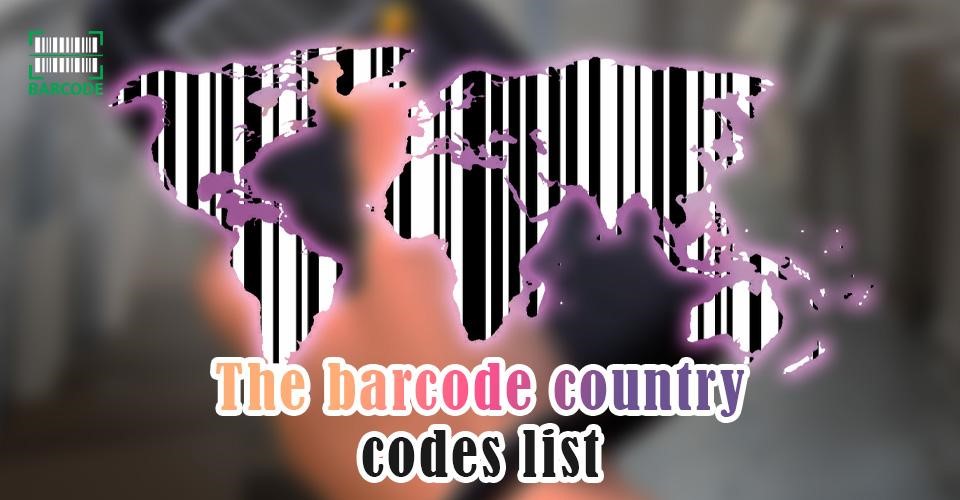
9 Comments
Gary Lee
Useful. Powerful. Awesome. In short, as I always say, deantastic! Keep it up…
Leave a Comment
Your email address will not be published. Required fields are marked *Barcodelive
Deantastic! Love it
Leave a Comment
Your email address will not be published. Required fields are marked *Debra King
What were the political motivations behind the U.S. legislation requiring a product's country of origin to be displayed on it?
Leave a Comment
Your email address will not be published. Required fields are marked *Barcodelive
It is not as much a political motivation as it is truth in advertising; people have a right to know where the products they buy are from
Leave a Comment
Your email address will not be published. Required fields are marked *George Moore
Can I ask you this question? When a company has factories in other countries, but they sell their products at their home country, is it considered as importing?
Leave a Comment
Your email address will not be published. Required fields are marked *Barcodelive
Yes of course. Anything that crosses the border is imported. It doesn't matter who made it.
Leave a Comment
Your email address will not be published. Required fields are marked *George Moore
Good answer
Leave a Comment
Your email address will not be published. Required fields are marked *Brady Turner
How can e-commerce mention the product's country of origin? Would this help reduce imports?
Leave a Comment
Your email address will not be published. Required fields are marked *Barcodelive
First, you can mention the country of origin in the product description, like 100% cotton, made in China. Second, letting customers know the origin country of a product can help reduce imports. Customers may not want to deal with the extra costs (shipping and import tariffs) and time that it takes to buy a product from abroad.
Leave a Comment
Your email address will not be published. Required fields are marked *Leave a Comment
Your email address will not be published. Required fields are marked *